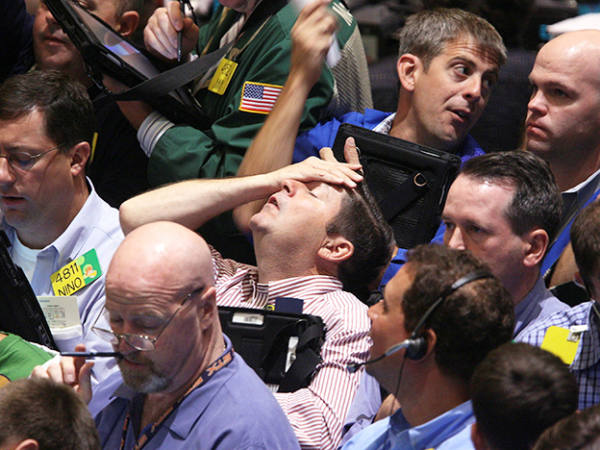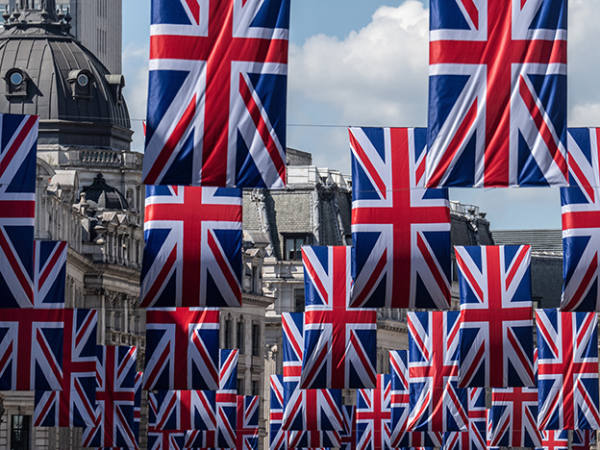Ten years ago, to mark the Queen's diamond jubilee, the IC’s then-editor Jonathan Eley looked at 10 shares that had survived from 1952 – or rather, the 10 that had kept their names and broadly the same business focus over the years.
That group of listed companies has survived the subsequent decade – some more easily than others. Below, we take a closer look at how their businesses were faring 70 years ago, and compare with our current recommendations.
Antofagasta (ANTO)
Price then: 11/- (65p); price now: 1,456p
Of the companies featured here, the miner’s 1952 incarnation is furthest from its current shape: back then, the company was still listed as a railway stock, albeit it did supply mines in Chile and Bolivia, from which business was booming. So the IC at the time was entirely accurate to say the company’s future was “almost entirely dependent on the mining industry”. Still, it wasn’t until the 1980s that Antofagasta moved into mining itself.
The Chilean giant is still a thoroughly cyclical play, but its low cost base and asset quality mean it has found favour with us in recent months.
Barclays (BARC)
Price then: 39/9 (198.75p); price now: 163p
Barclays has long been the black sheep of the UK’s banking industry. It was a similar story in 1952: the bank’s net profits for 1951 dropped more than peers’. Yet the 1950s were to prove a banner decade for the company, which overtook Midland to become the UK’s biggest bank of the time.
In the present day, we have plenty of reservations about the company, not least its apparent insistence on stumbling from one scandal to another. The underlying business strength means we have kept it on hold for now.
British American Tobacco (BATS)
Price then: 421⁄32d (1.8625p); price now: 3,488p
Tobacco giants were growth businesses back in 1952. British American Tobacco was described as a company “not lacking in dynamism” in a year when net profits rose by more than 50 per cent. Yet even this backdrop was not enough to prevent fretting over dividends – the IC labelled BATS’ decision to hold its own dividend as “disconcerting” given the progress made on the bottom line.
In 2022, BATS’ payouts are more reliable, even if growth isn’t. For all its talk of refocusing on sustainability, it’s the defensive qualities that investors prioritise. The company’s still a hold for us.
De La Rue (DLAR)
Price then: 11/6 (57.5p); price now: 111p
Profit warnings are par for the course at De La Rue nowadays – the latest in a long line arrived just last week. Its resilience was in less doubt 70 years ago, when the Gazette lauded the company for maintaining its dividend despite a tough year for plastics, its core competency, in 1949-50. The IC, however, struck a more circumspect note, citing an industrial division that remained in the doldrums, and a deteriorating quick ratio.
At the current time, we’re similarly cautious – while there are signs that the latest turnaround plans may ultimately work, it’s still one for the long term at best.
Marks and Spencer (MKS)
Price then: 74/9 (373.75p); price now: 133p
Just as they have been in recent years, textiles were a particular point of angst for Marks and Spencer 70 years ago – deteriorating performance here meant a 15 per cent dip in net profits. M&S was also one of many companies to attract the IC’s ire for the preparation of its results: the absence of a consolidated balance sheet made it much harder to work out subsidiary business performance.
Today, the uncertain outlook continues to override the business’s efficiency drive from our perspective: the company remains on hold.
Prudential (PRU)
Price then: 317⁄8d (13.28p); price now: 1,010p
In a relatively serene year, one notable issue for Prudential was the way in which its dividend distribution affected not only shareholders but also the bonuses afforded to policyholders. An attempt to rebalance this equation in the latter’s favour found approval with the IC – far from prioritising shareholders, we said making the change was “of the highest importance”.
Today, Prudential’s focus is not on the UK but its fast-growing Asian markets. That means we continue to rate it a buy.
Rolls-Royce (RR.)
Price then: 54/- (270p); price now: 80p
Business at Rolls-Royce was booming in the early 1950s – and its chair was keen to emphasise this was as a result of the modernisation of its production facilities, rather than the rearmament work it was conducting on the government’s coin. But that defence business was ultimately “eating into its future orders”, we noted at the time.
Rolls’ share price performance has been pretty dismal for at least a decade, but a bounce off the lows in late 2020 did catch some attention. At recent levels, we’ve backed the stock to deliver in the end.
Shell (SHEL)
Price then: 419⁄32d (1.91p); price now: 2,356p
You might think things are much harder for Shell in the modern age, when the horizons are clouded by questions of energy transition and climate change. But reinvestment wasn’t simple back in 1952, either: the “problem of finding sufficient funds from profits for expansion of productive capacity” was blamed for the company keeping its dividend payout on hold for the fourth year in a row.
Shell shareholders have been amply rewarded in this latest era of soaring oil prices, but that long-term outlook remains the issue, and is the principal reason why we’re still cautious.
Tate & Lyle (TATE)
Price then: 48/6 (242.5p); price now: 761p
Tate & Lyle was under very particular constraints in the post-war era: rationing meant the domestic sugar market was controlled by the Ministry of Food, while exports were also controlled pretty tightly. Nonetheless, the twin tailwinds of rising prices and easing shortages meant the company was able to increase turnover by 20 per cent, to £99mn, in the year to 30 September 1951. Sugar rationing finally came to an end the following year.
Its sugar-refining business is now long gone, but we can see a similarly sweet future for Tate & Lyle in 2022 – even if its focus is now the healthier end of the consumption spectrum.
Unilever (ULVR)
Price then: 42/11⁄2 (210.625p); price now: 3,549p
Unilever was a sprawling business even back in 1952: the IC notes that “the structure of the group is extremely complicated”. Like Tate & Lyle, the UK arm was effectively an agent of the Ministry of Food at the time, which left the legwork to its operations in the Netherlands. But “a fierce trade war” between butter and margarine manufacturers made life difficult there, too: profits at the Dutch business dropped by almost 20 per cent.
Life isn't any less complicated for Unilever in 2022. With inflation eating into margins and the company struggling to convince shareholders of its merits, we’ve kept it on hold.











